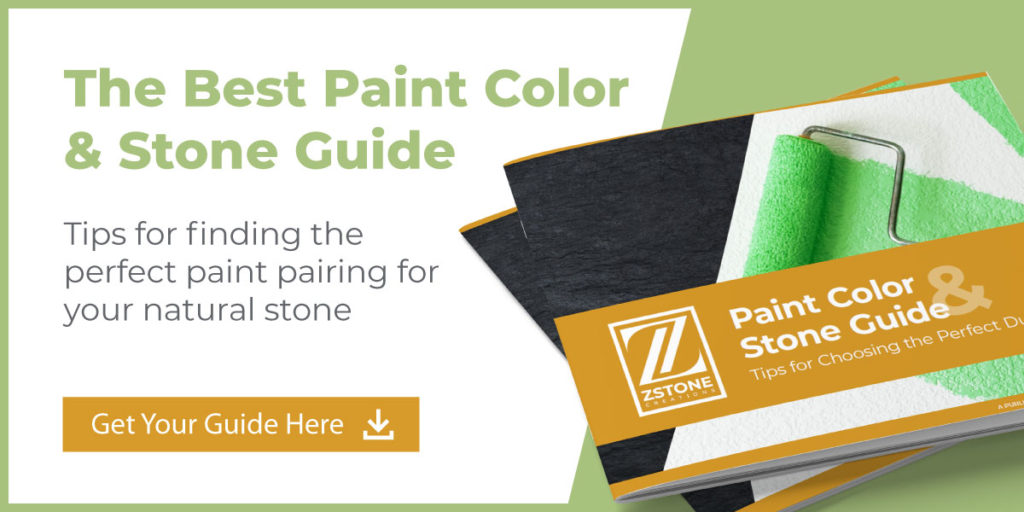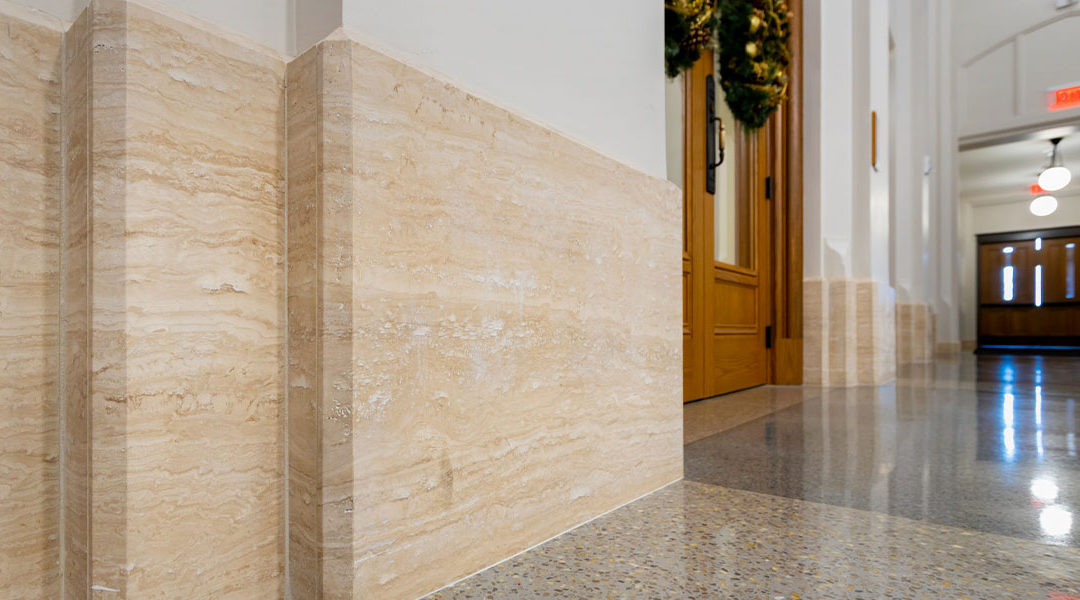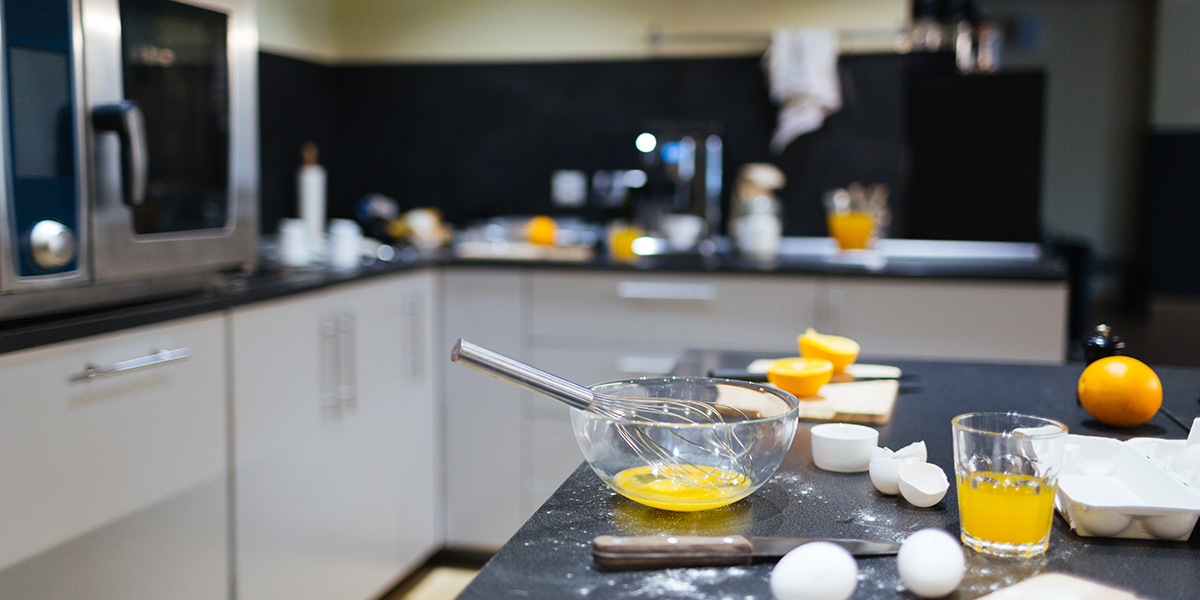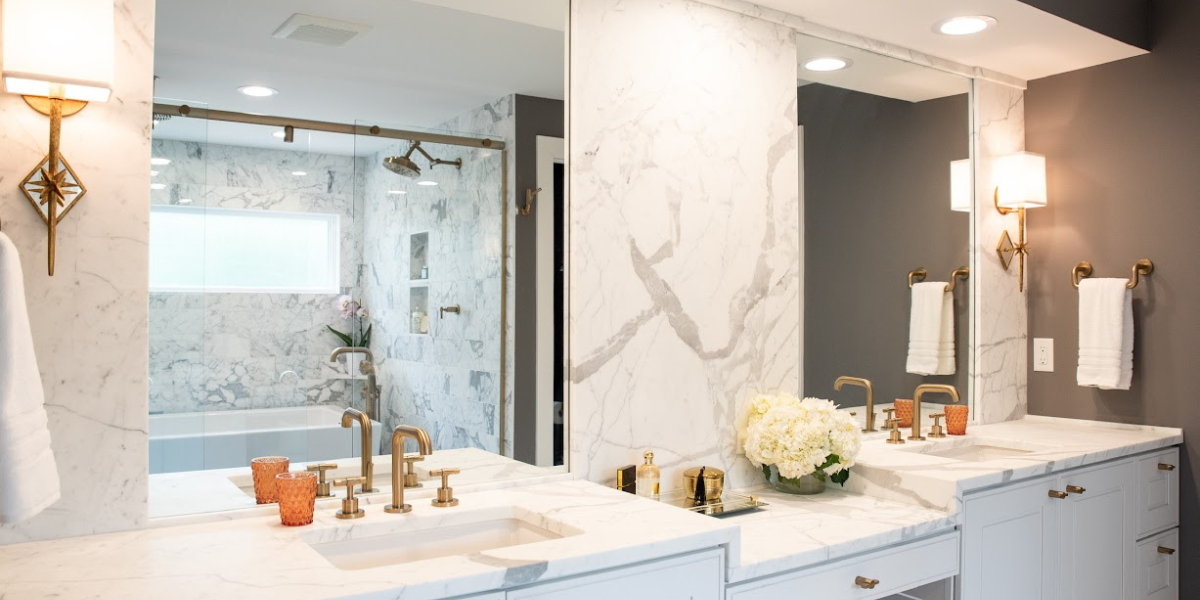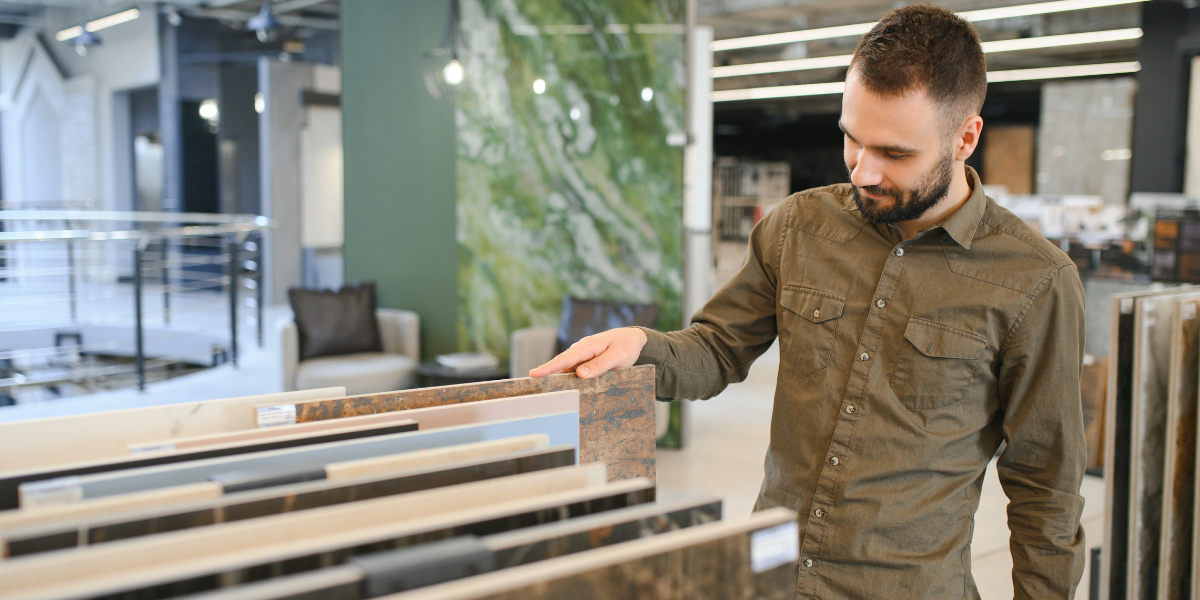Known for its elegance and versatility, travertine is a natural stone that was first discovered in Ancient Rome. From the beginning, this stone has been used as a building material for various structures, including the Roman Colosseum, and today is commonly used for home projects such as countertops, flooring, and patios.
What’s the Right Stone for You? Download Our Guide.
Travertine’s Composition
Travertine is a form of limestone that is deposited by mineral springs. The minerals are dissolved in groundwater which is then deposited on the surface by natural springs and rivers. Most of the world’s travertine can be found in Denizli, Turkey, and Tivoli, Italy.
Colors and Textures
What makes travertine so versatile is its stunning variety of natural colors. This natural stone comes in variations of beige, brown, taupe, and grey which allows for universal opportunities for design. Similar to other natural stones, the variation in colors and patterns means that no two stones will ever be identical.
Travertine also has different options for finishes depending on the look and feel of your project. Some of the common finishes include tumbled, brushed, honed, and polished. The tumbled and brushed finishes really bring out the natural texture of the stone and feel rougher as it would appear in nature. On the other hand, honed and polished travertine are more smooth and are often used for countertops and other indoor applications. A honed finish is matte whereas polished has more shine.
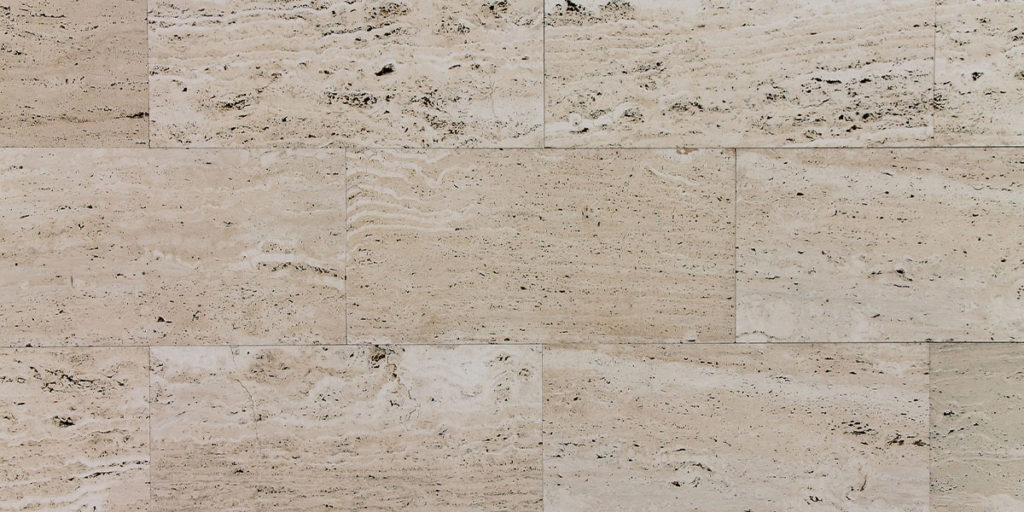
Travertine is typically found in warm, neutral tones which makes it very versatile in design.
Installing Travertine
While it is similar to limestone, travertine is mostly comprised of calcite which is softer and more porous than limestone. Travertine can be damaged if not taken care of properly. Like other stones, sealing can lead to a longer life, less maintenance, and consistent beauty. Sealing your travertine will limit stains and protect against any damages from use, especially if you opt to use the stone as a countertop.
Travertine can be used in a variety of settings but is commonly used in bathrooms, countertops, and outdoor applications. Depending on the desired finish, unpolished travertine has a naturally nonslip texture which makes it suitable for showers, pools, and bathrooms. Travertine, like any other natural stone, is an investment and should be treated as such. In order to keep your stone looking beautiful, you will need to properly care for it, including sealing, cleaning, and other routine maintenance.
When it comes to choosing a natural stone that is suitable both indoors and out, travertine is a winner. The stone itself offers many visually appealing characteristics and can bring numerous design opportunities due to its neutral tones. From showers to outdoor patios, there really is no limit to where travertine can be applied. As long as you properly care for the stone, it will last for years to come. If you have questions or want to plan your next stone reno, contact us today and we will be happy to help.
